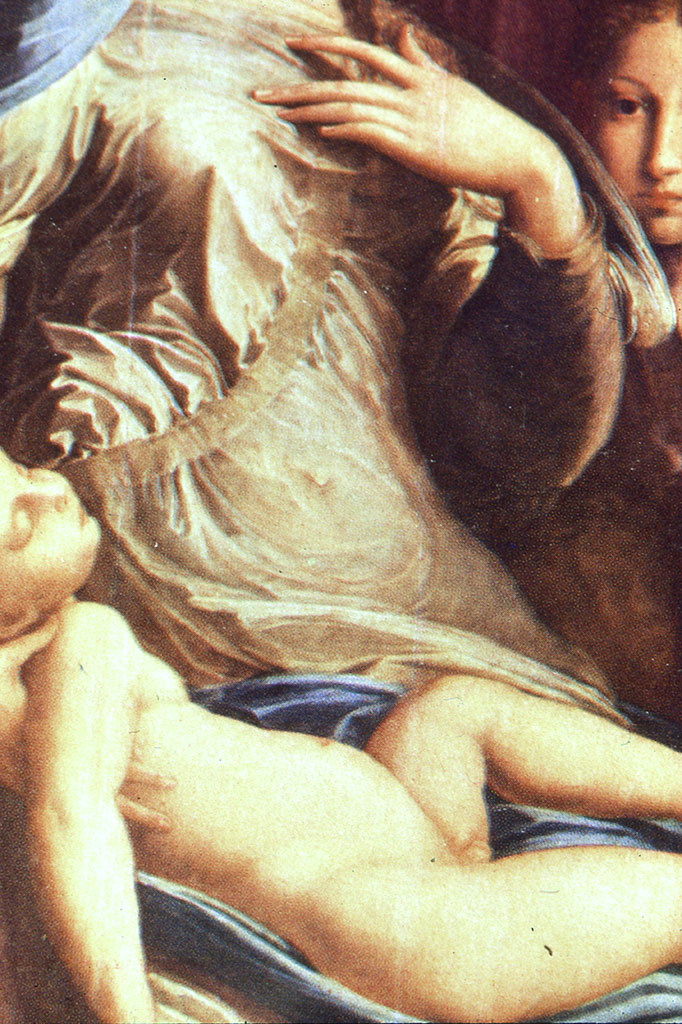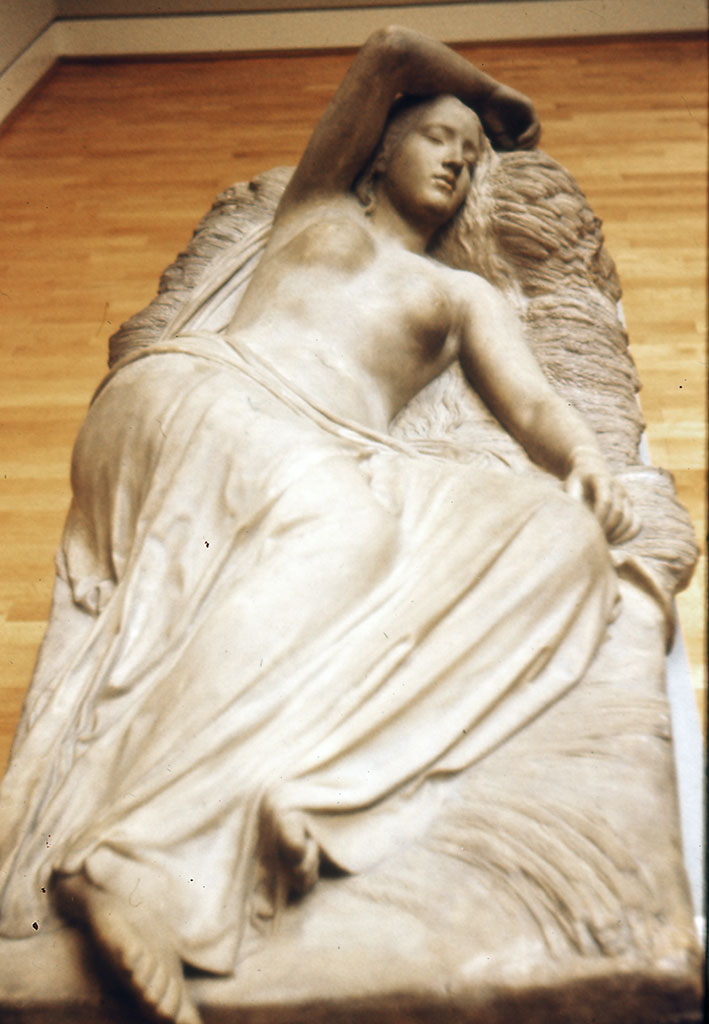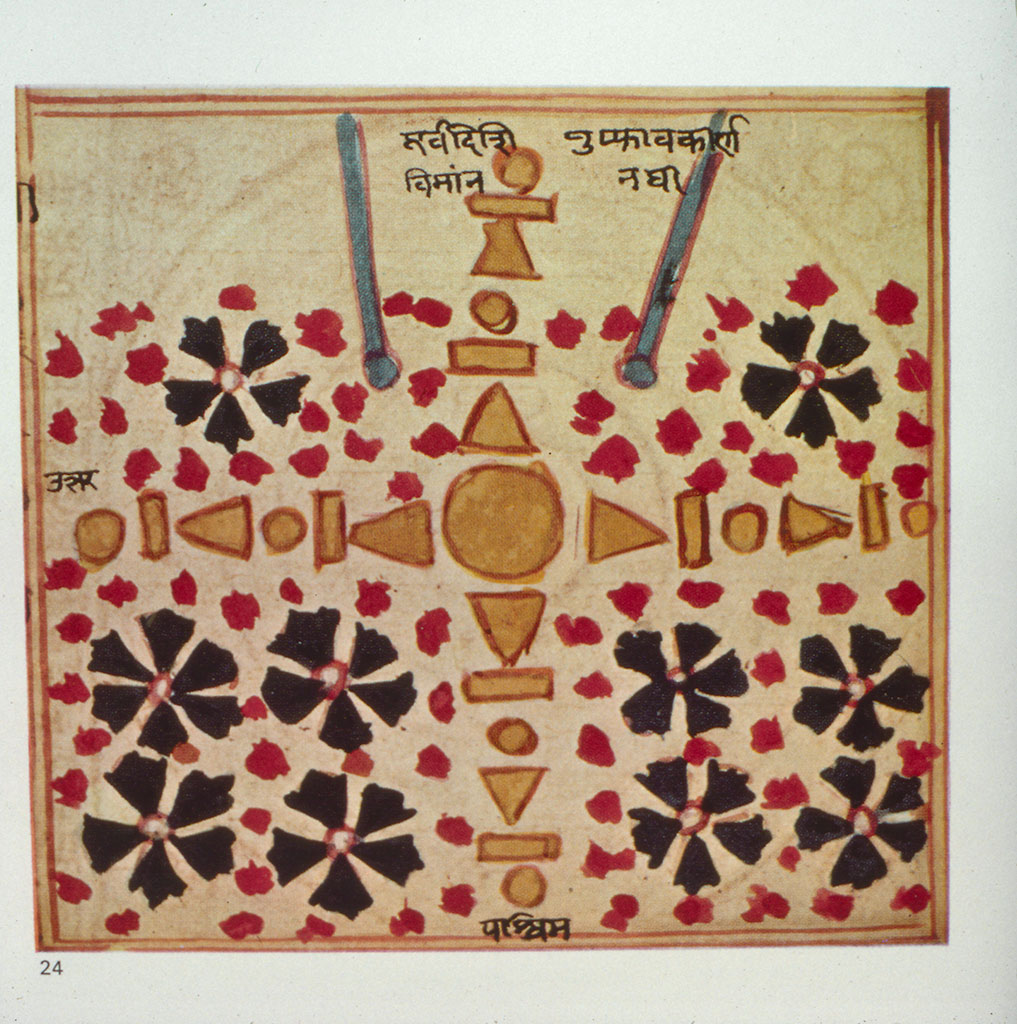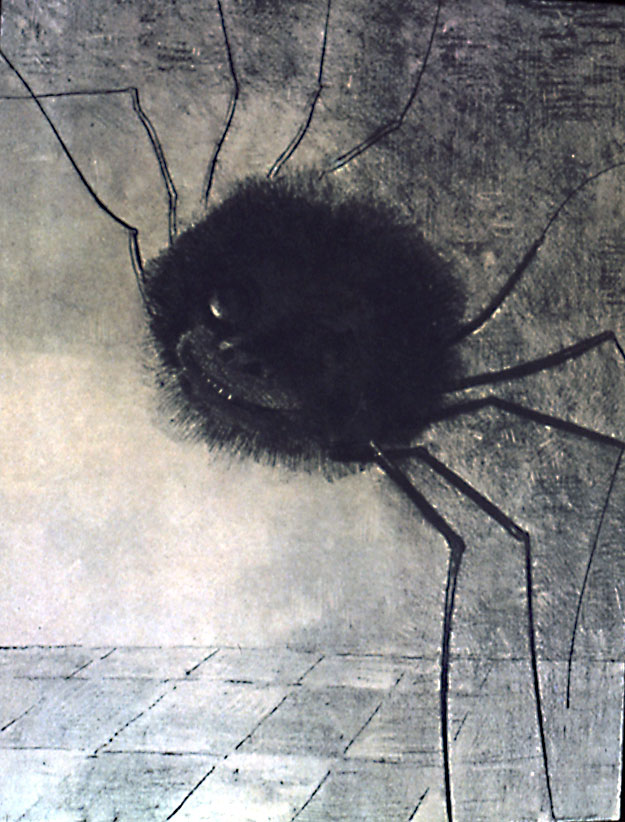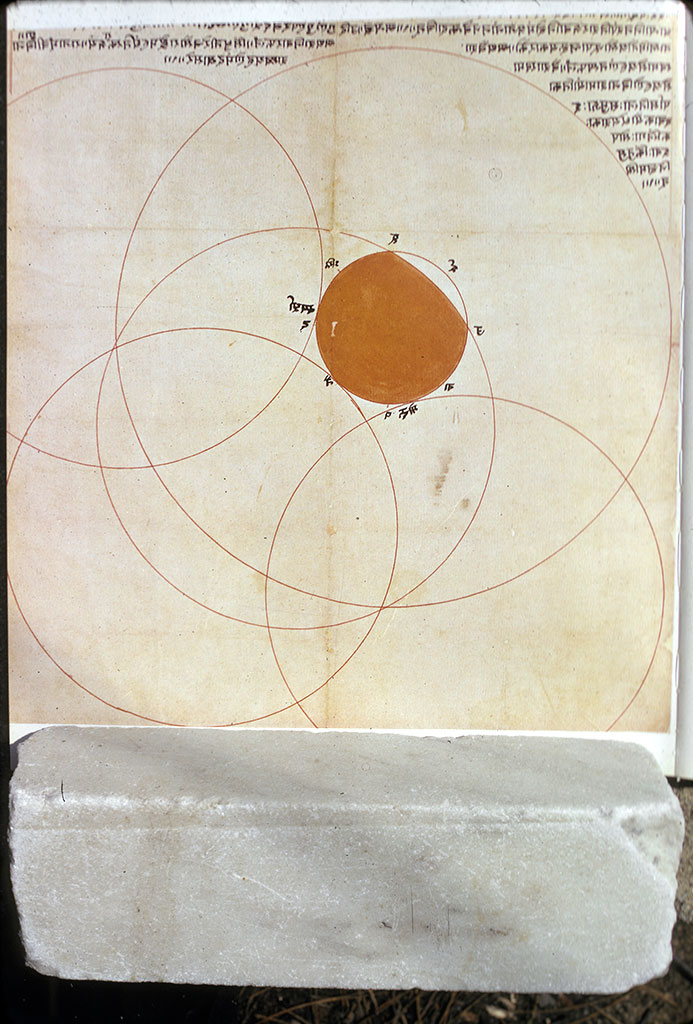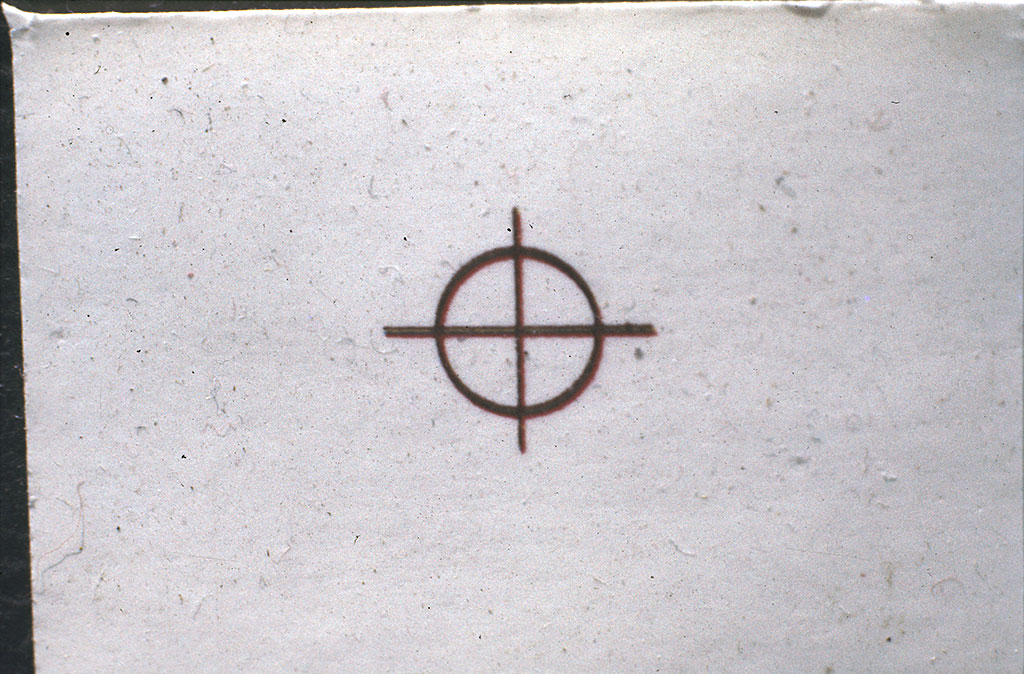From 1960 until 1983 Reuben Kadish was a member of the faculty at the Cooper Union School of Art, where he taught art history and sculpture. Ashford studied with Kadish throughout his enrollment at Cooper Union: first attending all his Foundation-year Art History lectures, and then through three years of independent study with Kadish in sculpture. Kadish was a tremendous influence on those who studied with him, presenting an insistence on self-directed research, careful consideration of the historical and mythological narratives that formal organization produces, and a deep emotional commitment to the necessity of artistic autonomy. His teaching appeared to come from diverse commitments: anarchistic ideals of independent and skeptical thinking; vivid personal experiences of the horrors of war and American poverty, and the hope that artist-built sanctuaries for love and affiliation that could sustain human re-invention. Even then, these were very rare critiques. He embraced the idea that social life was always given the chance to regain progress in complex philosophies beauty and spoke strongly against dominant teleological conceptions of art history. For Kadish, the artists was always outside of linear time, working by definition in an ahistorical, magical collaboration with humans no longer or not yet alive – and inherited intuitions outside of rational measurement. Kadish often spoke to the durable connection between beauty and justice, something he stated was rarely quantifiable in traditional education – but always available in the beholding of artworks.
In November of 2021 Ashford was interviewed by Owen Duffy and their conversation centered on the work Reuben Kadish was doing while Ashford was a student. This interview is published on the School Watch site of Art & Education, with restored images from Ashford’s archive of Kadish’s slide carousels. _(link)




































